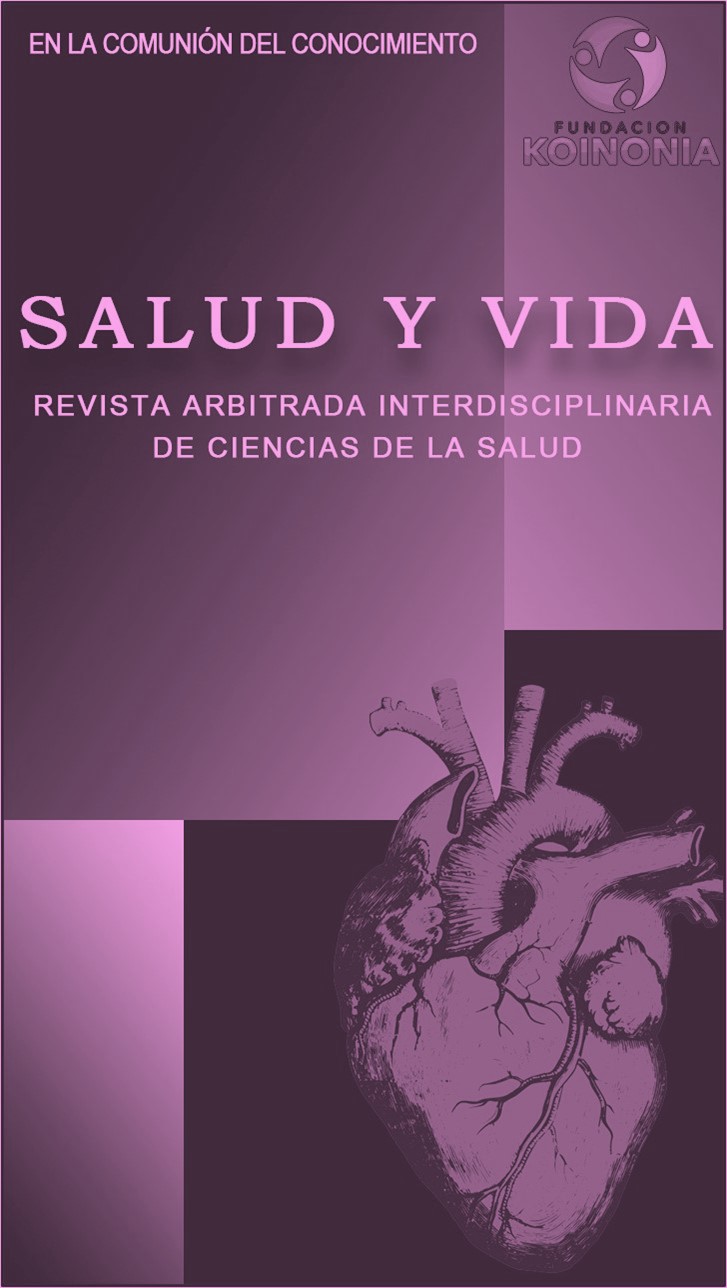El síndrome de Stein Leventhal
DOI:
https://doi.org/10.35381/s.v.v8i2.4120Palabras clave:
Síndrome de ovario poliquístico, resistencia a la insulina, hiperandrogenismo, (Fuente: DeCS)Resumen
Objetivo: Analizar el Síndrome de Stein Leventhal desde una revisión documental. Método: Descriptivo documental. Conclusión: El síndrome de Stein-Leventhal es una entidad clínica compleja que requiere un enfoque multidisciplinario y personalizado para su manejo efectivo. La combinación de intervenciones en el estilo de vida, dirigidas a mejorar la sensibilidad a la insulina y reducir la inflamación crónica, junto con un tratamiento farmacológico adaptado a las necesidades individuales de cada paciente, representa la estrategia más prometedora para abordar tanto las manifestaciones reproductivas como las complicaciones metabólicas del síndrome.
Descargas
Citas
Meier RK. Polycystic Ovary Syndrome. Nurs Clin North Am. 2018;53(3):407-420. http://dx.doi.org/10.1016/j.cnur.2018.04.008
Shahid R, Iahtisham-Ul-Haq, Mahnoor, et al. Diet and lifestyle modifications for effective management of polycystic ovarian syndrome (PCOS). J Food Biochem. 2022;46(7):e14117. http://dx.doi.org/10.1111/jfbc.14117
Patel S. Polycystic ovary syndrome (PCOS), an inflammatory, systemic, lifestyle endocrinopathy. J Steroid Biochem Mol Biol. 2018;182:27-36. http://dx.doi.org/10.1016/j.jsbmb.2018.04.008
Escobar-Morreale HF. Polycystic ovary syndrome: definition, aetiology, diagnosis and treatment. Nat Rev Endocrinol. 2018;14(5):270-284. http://dx.doi.org/10.1038/nrendo.2018.24
Sadeghi HM, Adeli I, Calina D, et al. Polycystic Ovary Syndrome: A Comprehensive Review of Pathogenesis, Management, and Drug Repurposing. Int J Mol Sci. 2022;23(2):583. http://dx.doi.org/10.3390/ijms23020583
Ortiz-Flores AE, Luque-Ramírez M, Escobar-Morreale HF. Polycystic ovary syndrome in adult women. Síndrome de ovario poliquístico en la mujer adulta. Med Clin (Barc). 2019;152(11):450-457. http://dx.doi.org/10.1016/j.medcli.2018.11.019
Bozdag G, Mumusoglu S, Zengin D, Karabulut E, Yildiz BO. The prevalence and phenotypic features of polycystic ovary syndrome: a systematic review and meta-analysis. Hum Reprod. 2016;31(12):2841-2855. http://dx.doi.org/10.1093/humrep/dew218
Sanfilippo JS. Polycystic Ovarian Syndrome Since Stein and Leventhal. J Pediatr Adolesc Gynecol. 2015;28(6):411. http://dx.doi.org/10.1016/j.jpag.2015.10.001
Gu Y, Zhou G, Zhou F, et al. Life Modifications and PCOS: Old Story But New Tales. Front Endocrinol (Lausanne). 2022;13:808898. http://dx.doi.org/10.3389/fendo.2022.808898
McCartney CR, Marshall JC. CLINICAL PRACTICE. Polycystic Ovary Syndrome. N Engl J Med. 2016;375(1):54-64. http://dx.doi.org/10.1056/NEJMcp1514916
History of discovery of polycystic ovary syndrome. Adv Clin Exp Med. 2017;26(3):555-558. http://dx.doi.org/10.17219/acem/61987
Shrivastava S, Conigliaro RL. Polycystic Ovarian Syndrome. Med Clin North Am. 2023;107(2):227-234. http://dx.doi.org/10.1016/j.mcna.2022.10.004
Ruiz-García A. Venciendo al síndrome del ovario poliquístico con intervenciones en el estilo de vida [Beating polycystic ovarian syndrome with lifestyle interventions]. Semergen. 2022;48(3):151-153. http://dx.doi.org/10.1016/j.semerg.2022.01.003
Macut D, Bjekić-Macut J, Rahelić D, Doknić M. Insulin and the polycystic ovary syndrome. Diabetes Res Clin Pract. 2017;130:163-170. http://dx.doi.org/10.1016/j.diabres.2017.06.011
American College of Obstetricians and Gynecologists' Committee on Practice Bulletins—Gynecology. ACOG Practice Bulletin No. 194: Polycystic Ovary Syndrome [published correction appears in Obstet Gynecol. 2020 Sep;136(3):638. http://dx.doi.org/10.1097/AOG.0000000000004069]. Obstet Gynecol. 2018;131(6):e157-e171. http://dx.doi.org/10.1097/AOG.0000000000002656
Publicado
Cómo citar
Número
Sección
Licencia
Derechos de autor 2024 Carolina Sarahi Zamora-Vargas, Ángeles Daniela Carrión-Muso, Angelica Mishel Cadena-Quishpe, Ruth Alexandra Ramos-Villacís

Esta obra está bajo una licencia internacional Creative Commons Atribución-NoComercial-CompartirIgual 4.0.
CC BY-NC-SA : Esta licencia permite a los reutilizadores distribuir, remezclar, adaptar y construir sobre el material en cualquier medio o formato solo con fines no comerciales, y solo siempre y cuando se dé la atribución al creador. Si remezcla, adapta o construye sobre el material, debe licenciar el material modificado bajo términos idénticos.
OAI-PMH: https://fundacionkoinonia.com.ve/ojs/index.php/saludyvida/oai.









